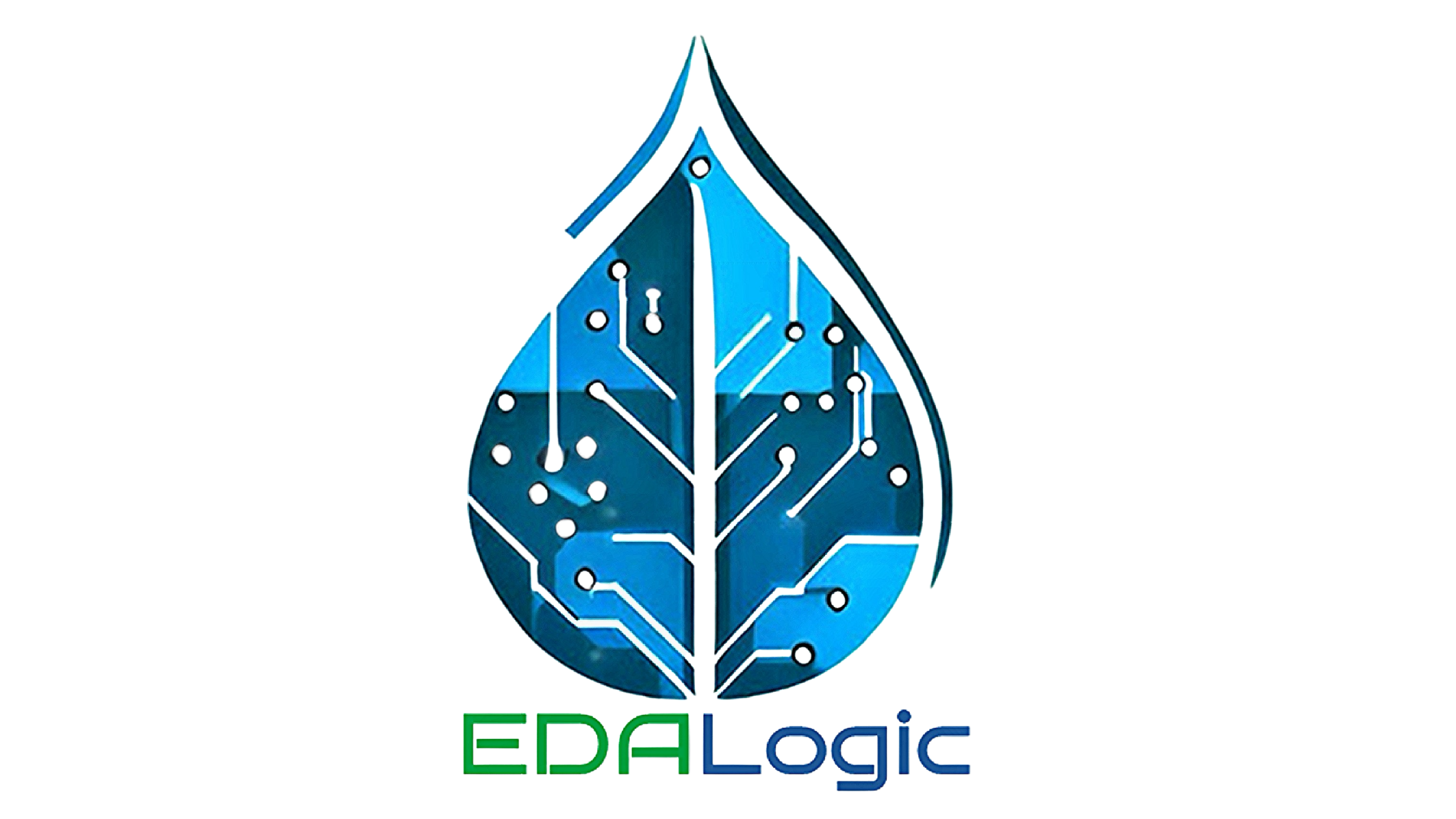Engineering the Future: EDA's Crucial Role in Aerospace Innovation
The aerospace industry is where precision, innovation, and reliability are non-negotiable. Whether we're talking about commercial aircraft, cutting-edge military jets, or the intricate systems that propel satellites into space, the design and engineering of aerospace technology demand nothing less than excellence. In this high-stakes arena, Electronic Design Automation (EDA) emerges as a silent but indispensable hero, driving advancements in avionics and satellite design.
Setting the Stage: Aerospace Challenges
Aerospace engineering is a demanding field. Safety, efficiency, and performance are paramount, and these demands extend to avionics systems (the electronic systems used in aircraft) and satellites. The intricacy of these systems requires precise design and rigorous testing, which is where EDA comes into play.
The Crucial Role of EDA in Avionics:
Safety-Critical Systems: Avionics systems are the brains behind aircraft, responsible for navigation, communication, and control. EDA tools enable the design and verification of safety-critical systems, ensuring they function flawlessly under all conditions.
Hardware Optimization: In aviation, every ounce matters. EDA tools help engineers optimize the hardware, making avionics systems lighter and more energy-efficient without compromising performance or safety.
Signal Integrity: Aerospace systems operate in challenging electromagnetic environments. EDA tools ensure signal integrity, minimizing interference and ensuring that crucial communications remain clear and reliable.
Complex PCB Design: Avionics systems rely on complex Printed Circuit Boards (PCBs). EDA tools assist in designing these PCBs, optimizing component placement for compactness and reliability.
EDA in Satellite Design:
Space Environment Simulation: Satellites operate in the harsh environment of space, exposed to extreme temperatures and radiation. EDA tools assist in simulating these conditions during the design phase, ensuring satellite components can withstand the rigors of space.
Power Efficiency: Satellites often have limited power sources, such as solar panels. EDA tools aid in designing power-efficient systems, allowing satellites to maximize their mission life.
Miniaturization: Space is limited on a satellite, so miniaturization is key. EDA tools help design compact and lightweight satellite components while maintaining performance.
Signal Processing: Satellite communications are critical. EDA tools optimize signal processing systems, ensuring that data can be transmitted reliably across vast distances.
Collaboration and Innovation:
In aerospace engineering, collaboration is vital. EDA tools foster collaboration among multidisciplinary teams of engineers, allowing for the seamless integration of mechanical, electrical, and software components. This collaborative environment encourages innovation, resulting in breakthroughs in aerospace technology.
The Future of EDA in Aerospace:
As aerospace technology advances, the role of EDA will only grow. The integration of Artificial Intelligence (AI) and Machine Learning (ML) into EDA tools promises to enhance system design, predictive maintenance, and fault tolerance, making aerospace systems even more resilient and efficient.
In
conclusion, Electronic Design Automation is the silent hero of aerospace
engineering, shaping the aviation and satellite technology that define our
modern world. It ensures safety, reliability, and efficiency in avionics and
satellite design, driving innovation and pushing the boundaries of what's
possible in aerospace technology. As we look to the future, the partnership
between EDA and aerospace promises to take us to new heights, both literally
and figuratively, in the sector of aerospace engineering.
Stay tuned to our blog for more insights into the intersection of technology and innovation, and how EDA is driving change in diverse industries.

